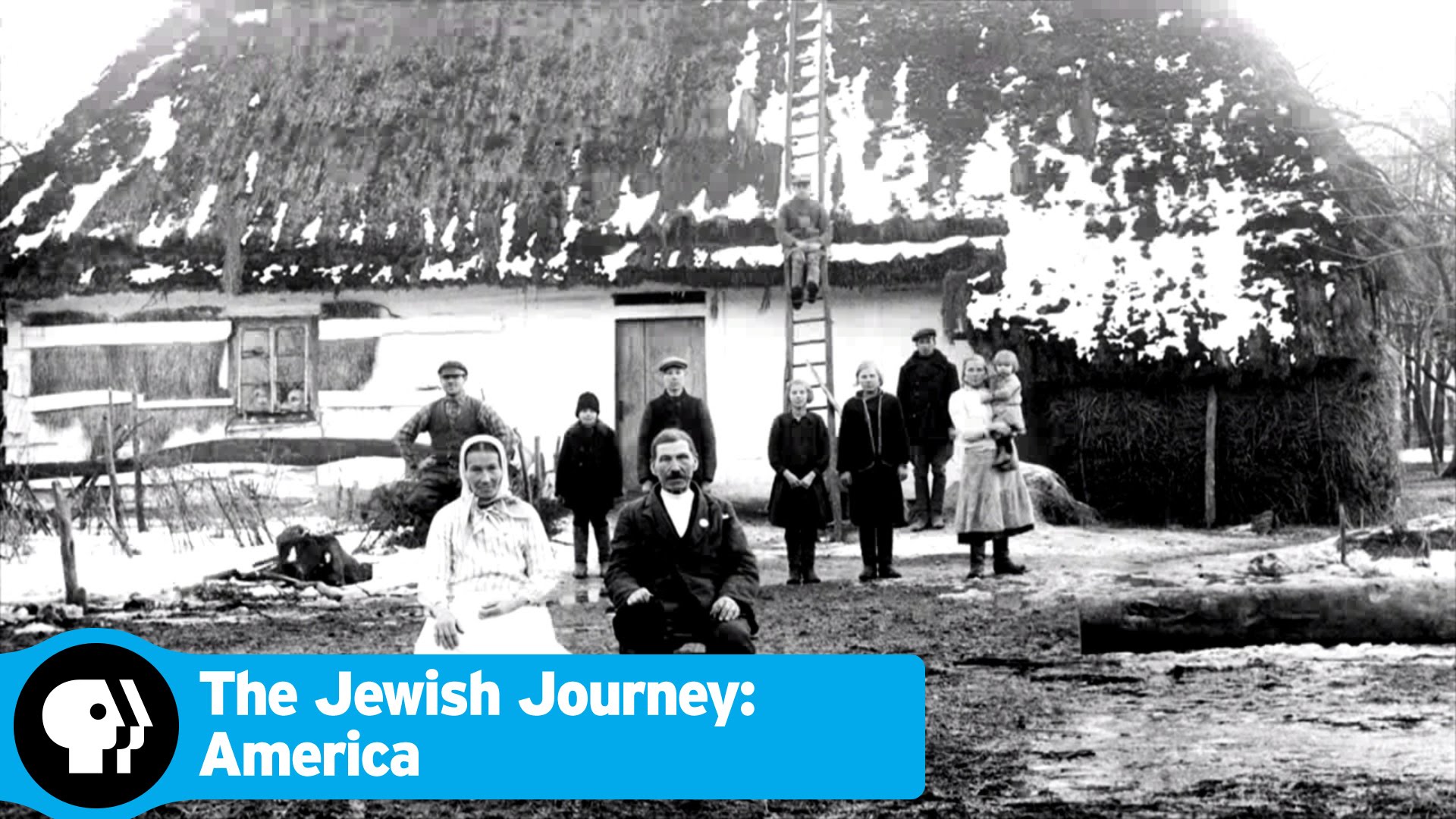Gr 9 Up—What sets this program apart from others in the genre of Jewish American history is its focus on migration, without the emphasis on celebrity and achievement. Although Martha Teichner's narration sounds forced at times, many scholarly interviews accent the accounts of refugees escaping persecution, poverty, or hunger or simply searching for opportunity. Unique, multicultural origins of Jewish immigration are explored, with many stereotypes corrected. Jews leaving the Pale of Eastern Europe were neither the wealthiest nor poorest. However, one glaring error occurs when a scholar claims that the Cossack raids of Jewish villages are merely a literary construct. In addition, Egyptian, Iraqi, and other Sephardic Jews faced different challenges than the European Ashkenazi. Modern steamships and railroads accelerated the pace of immigration so that by 1920, 2.5 million Jews had settled in America. Four years later, a backlash of anti-Semitism (matching similar sentiments in post-World War I Europe) and xenophobia halted immigration. Surprisingly, Egypt was tolerant of its Jewish population during the first half of the 20th century. However, the creation of Israel in 1948 immediately prompted an expulsion of Jews from Middle Eastern countries, including Egypt.
VERDICT An international take on a familiar topic, including contemporary questions about the Middle East.




Be the first reader to comment.
Comment Policy:
Comment should not be empty !!!